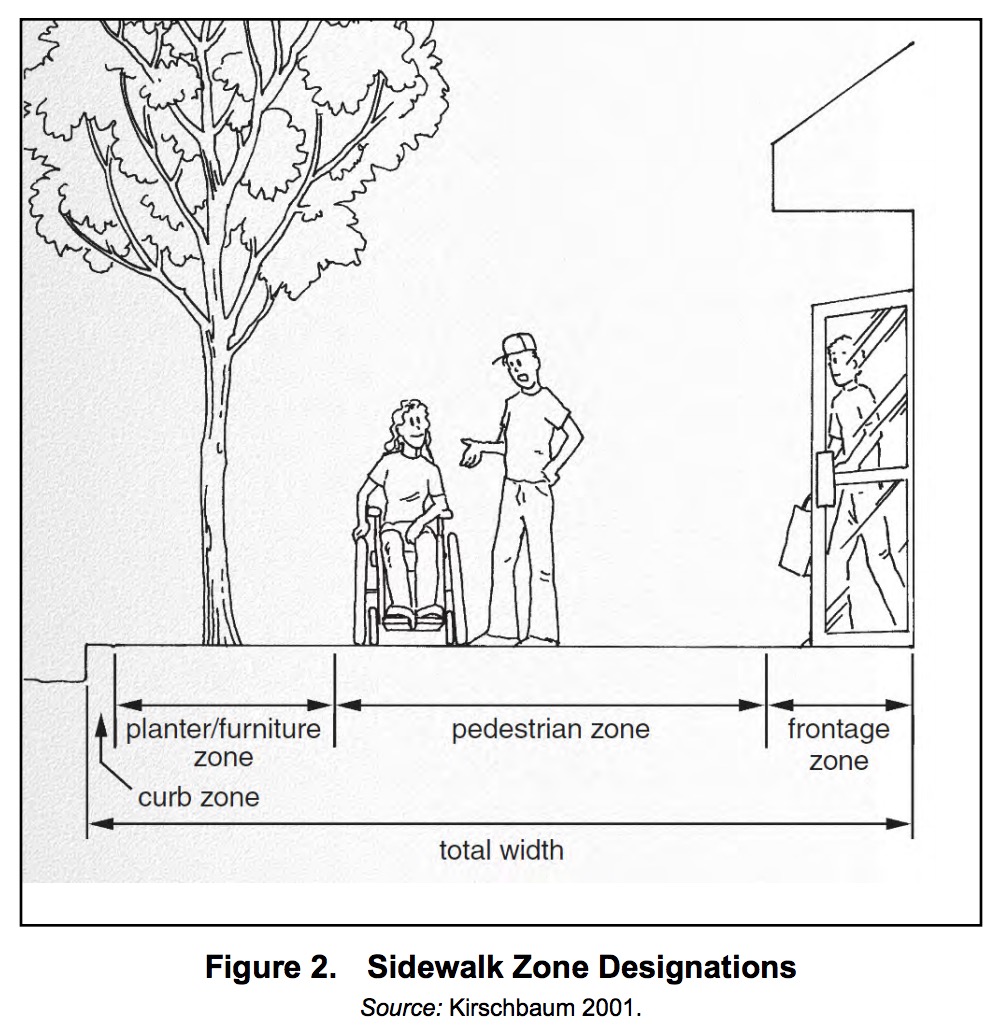
Persons with disabilities can achieve greater freedom when they have full access to a variety of transit modes. Expanded access allows mobility and independence in their daily lives. But this can only be achieved when the pathways to transit – the infrastructure and conditions in the built environment – allow full access to transit stops, stations, and vehicles. Since passage of the Americans with Disabilities Act (ADA) in 1990, many transit agencies and governmental jurisdictions have made significant progress in this area.
View this complete post...











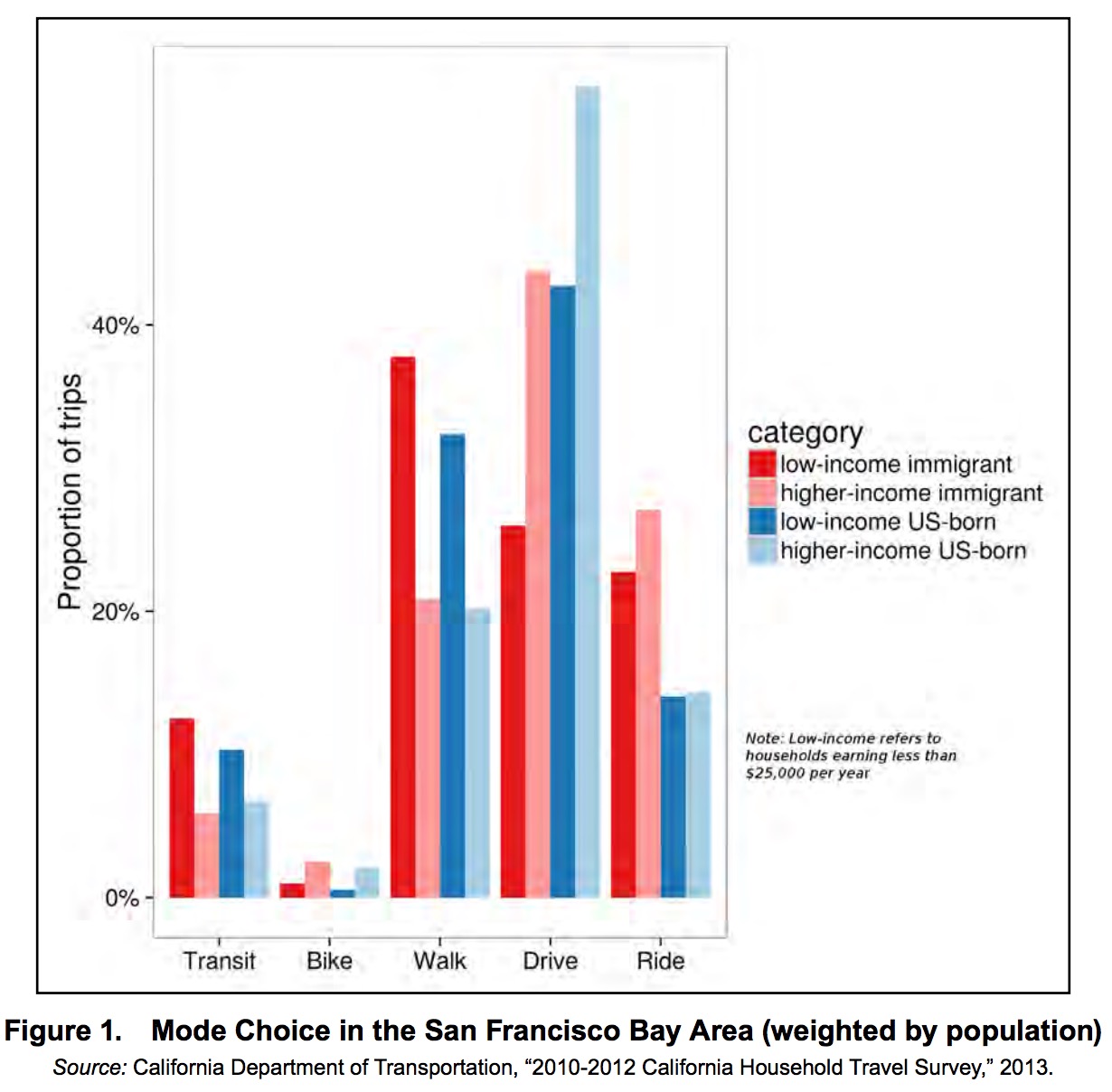
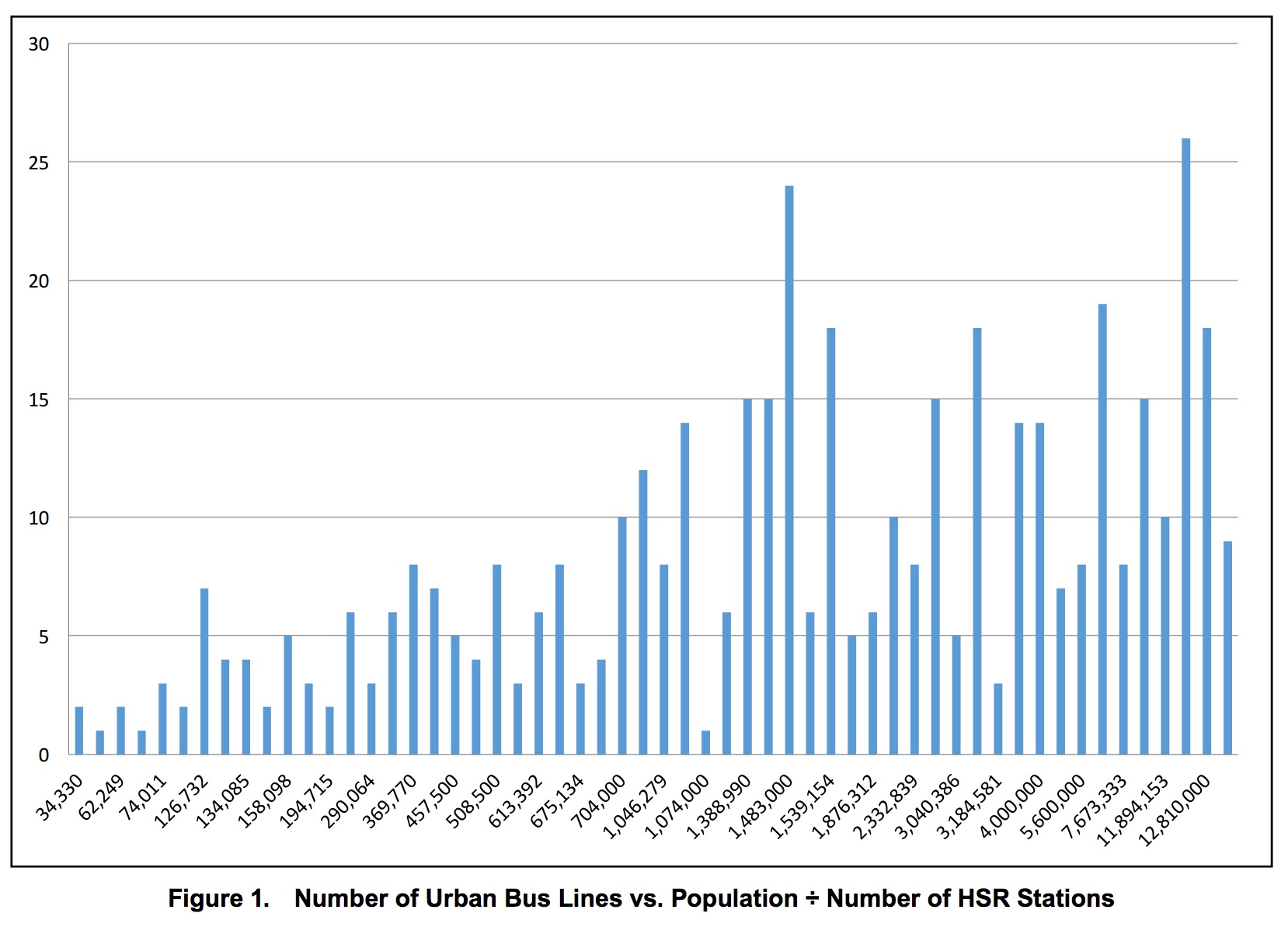
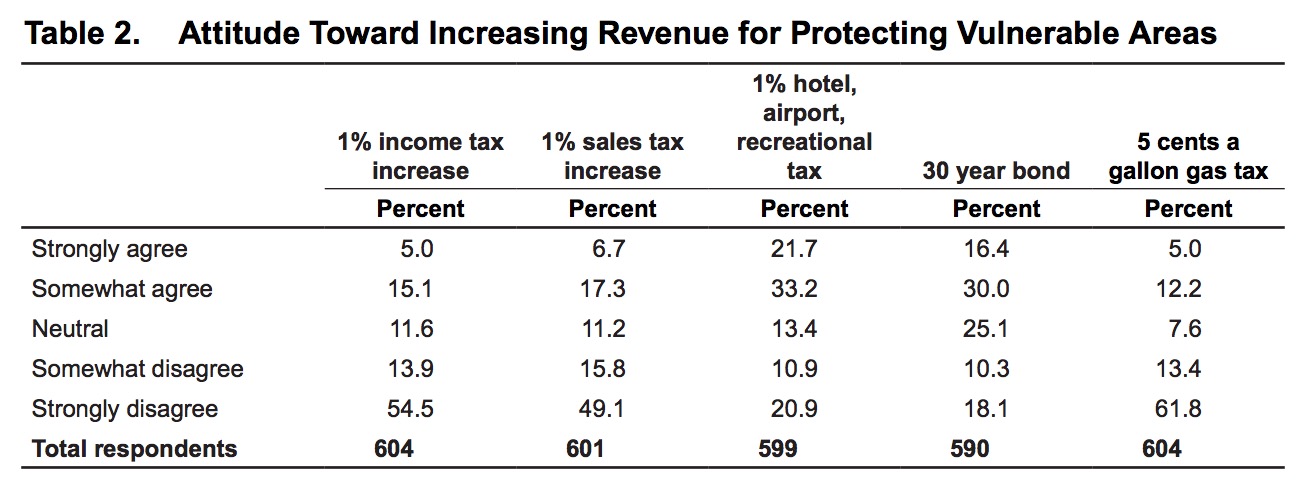
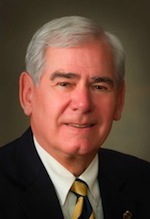
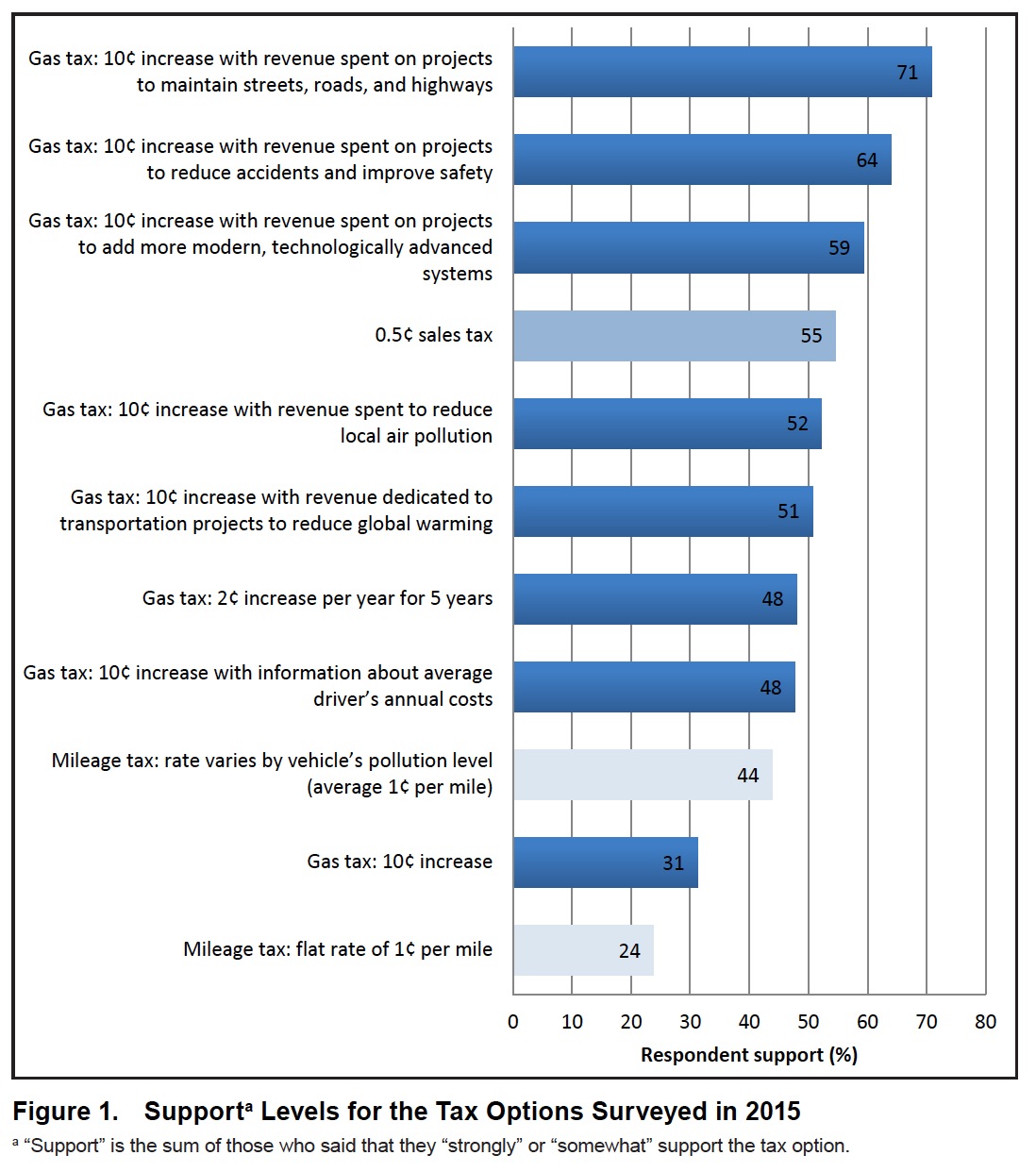
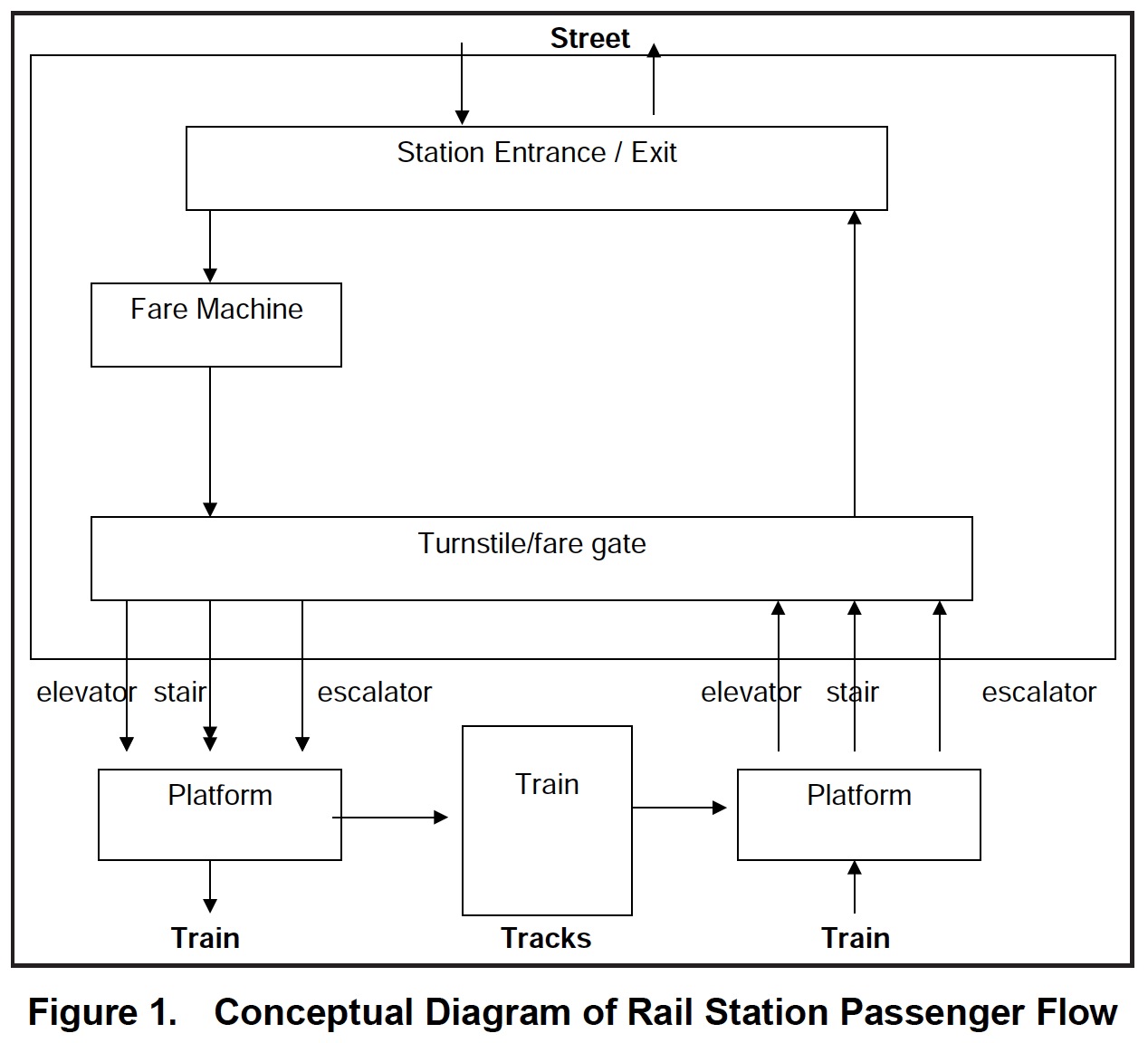
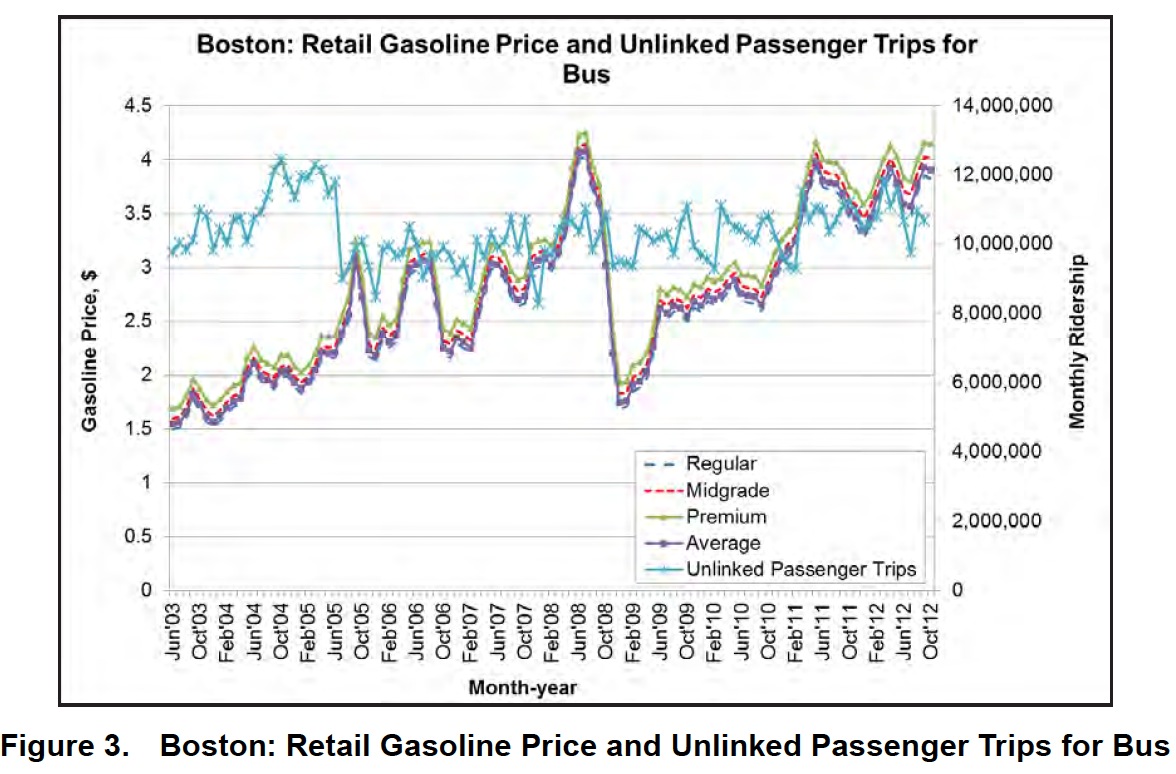
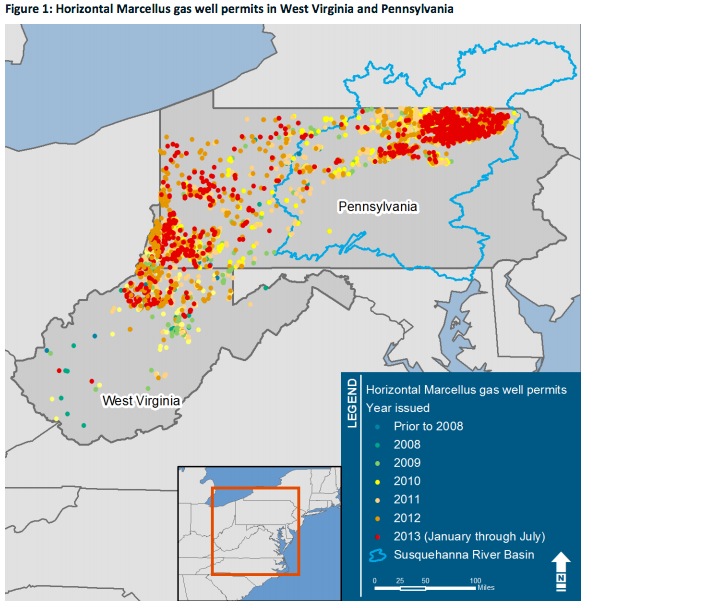

 RSS Feed
RSS Feed